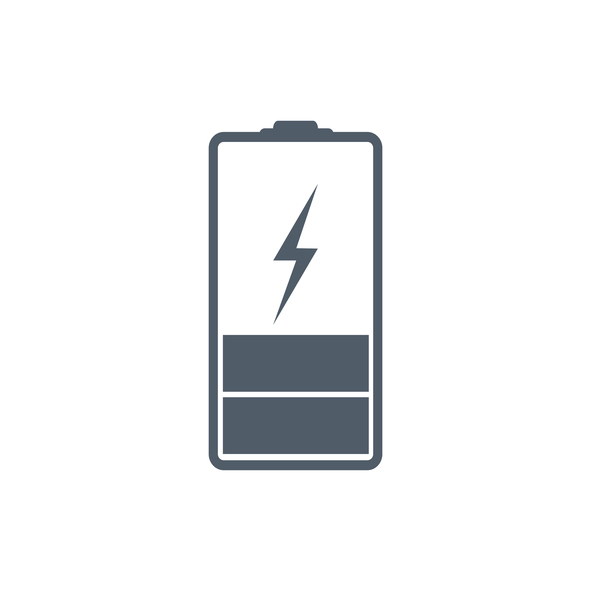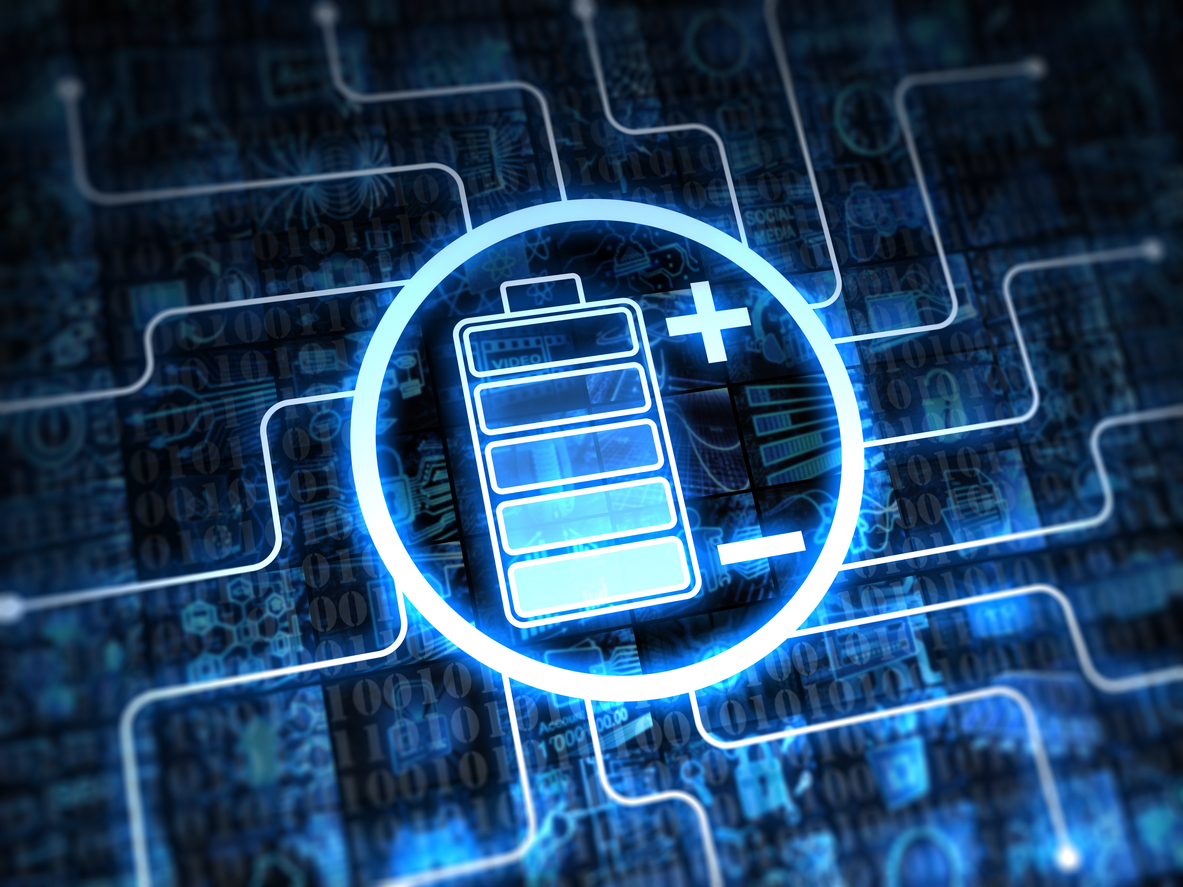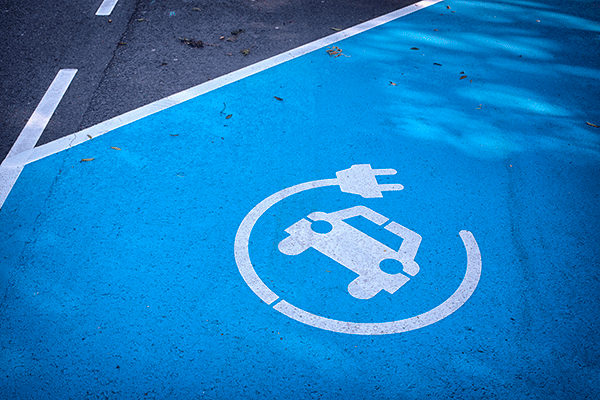 Water-based rechargeable batteries could be one step closer to commercial viability, thanks to research from Empa. According to a new report, a team of researchers has successfully doubled the electrochemical stability of water with a special saline solution.
Water-based rechargeable batteries could be one step closer to commercial viability, thanks to research from Empa. According to a new report, a team of researchers has successfully doubled the electrochemical stability of water with a special saline solution.
Energy storage is the backbone of many technological innovations. As researchers explore new ways to develop low-cost, safe batteries, the research team from Empa is looking to water to function as a battery electrolyte.
While a water-electrolyte offers many potential benefits such as low cost and high availability, it does have at least one major drawback: low chemical stability. At a voltage of 1.23 volts, a water cell supplies three times less voltage than a typical lithium-ion cell. While water-based batteries may not see an application in such technologies as electric vehicles, the team of researchers at Empa believe they could be utilized for stationary electricity storage applications.


 Nitrogen-doped carbon nanotubes or modified graphene nanoribbons could be effective, less costly replacements for expensive platinum in fuel cells, according to a new study.
Nitrogen-doped carbon nanotubes or modified graphene nanoribbons could be effective, less costly replacements for expensive platinum in fuel cells, according to a new study. ECS members
ECS members  New research indicates that poplar trees could be an economically viable biofuel material.
New research indicates that poplar trees could be an economically viable biofuel material. Within the next month, energy watchers expect the Federal Energy Regulatory Commission to act on an
Within the next month, energy watchers expect the Federal Energy Regulatory Commission to act on an  Engineers have developed a 4-in-1 smart utilities plant that produces electricity, water, air-conditioning, and heat in an environmentally friendly and cost-effective way.
Engineers have developed a 4-in-1 smart utilities plant that produces electricity, water, air-conditioning, and heat in an environmentally friendly and cost-effective way. Capitalizing on tiny defects can improve electrodes for lithium-ion batteries, new research suggests.
Capitalizing on tiny defects can improve electrodes for lithium-ion batteries, new research suggests.
 When will cars powered by gas-guzzling internal combustion engines become obsolete? Not as soon as it seems, even with the latest automotive news out of Europe.
When will cars powered by gas-guzzling internal combustion engines become obsolete? Not as soon as it seems, even with the latest automotive news out of Europe.